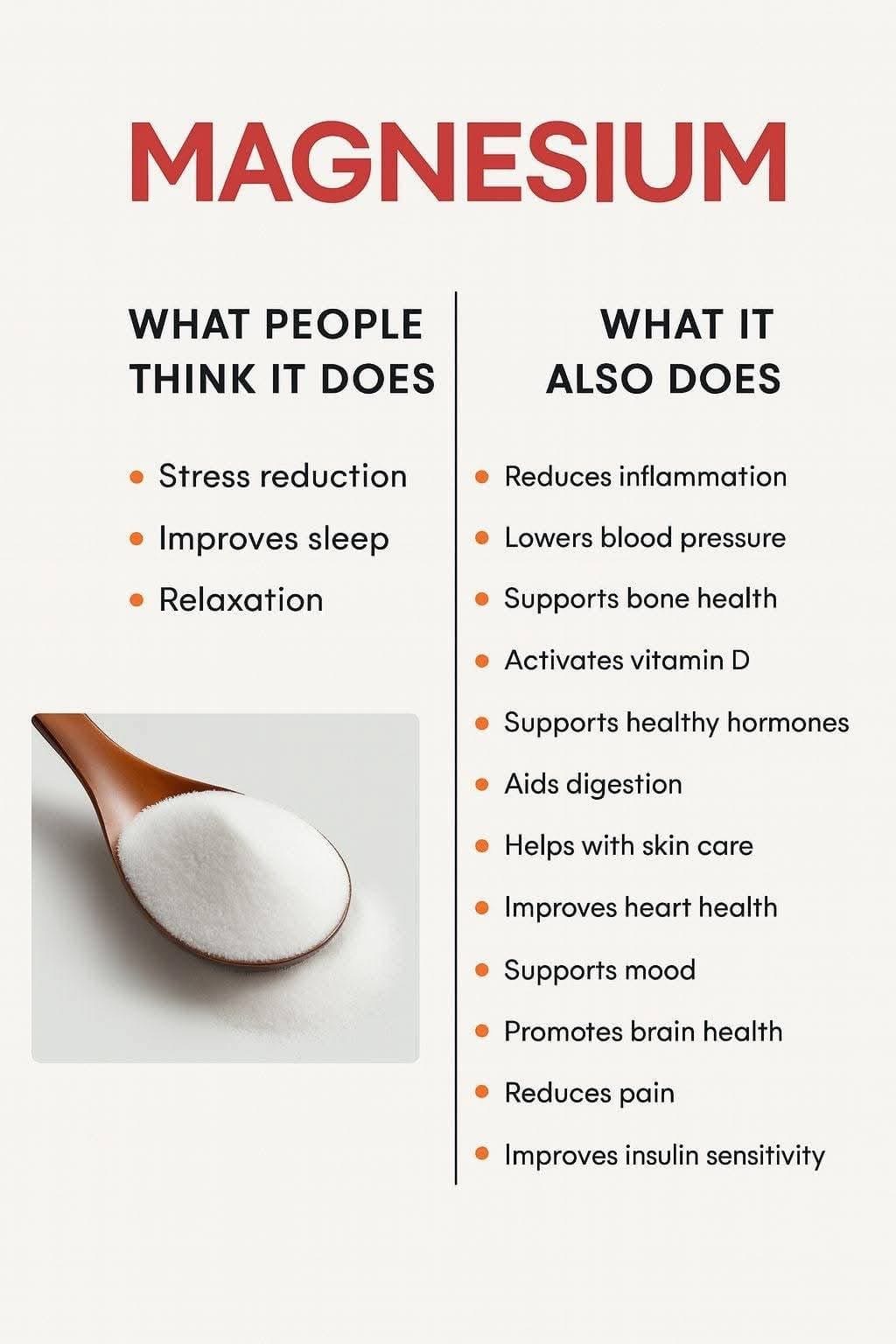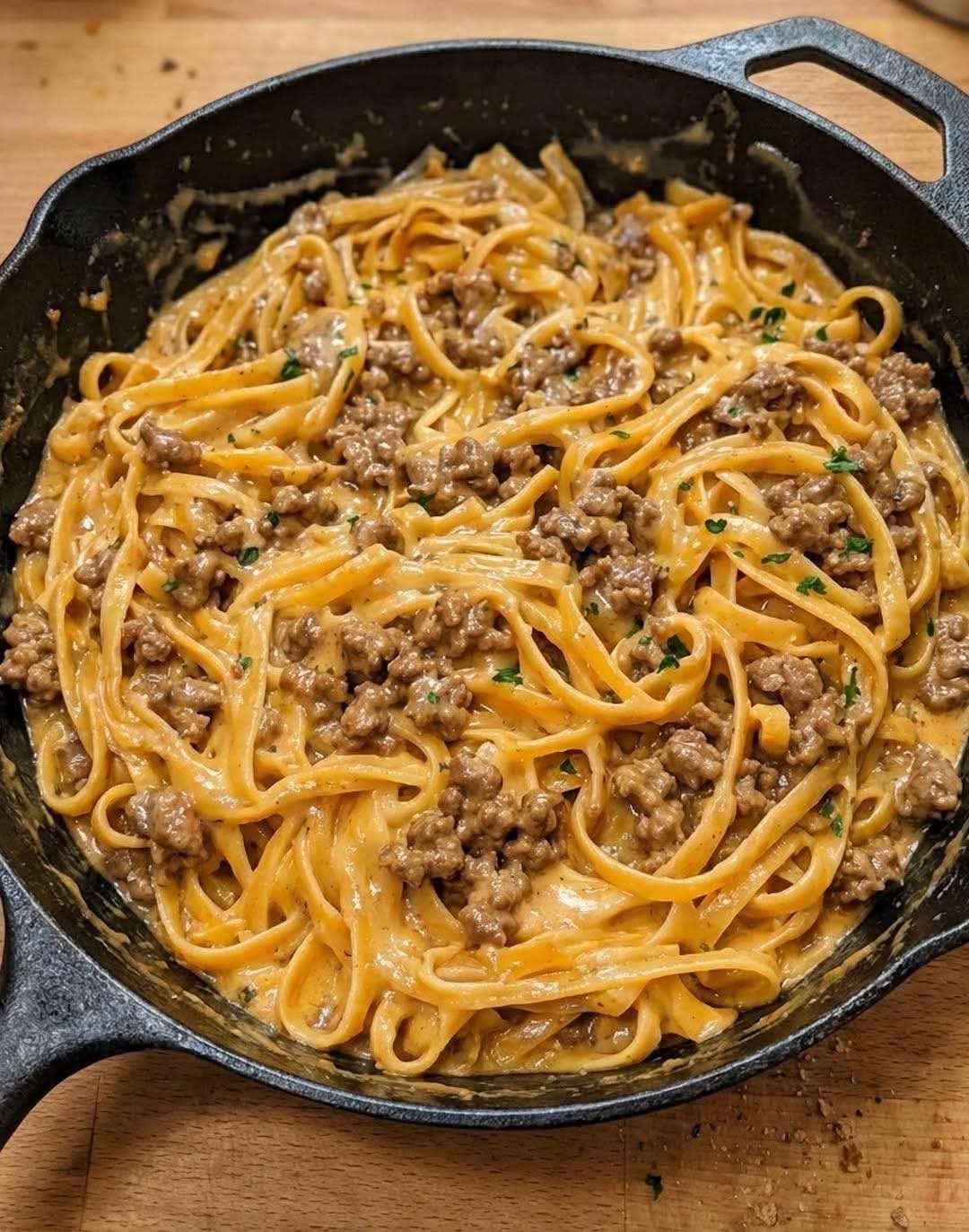Magnesium in Your Diet: The Essentials
Introduction
Magnesium, an essential mineral, plays a pivotal role in maintaining the body’s functions and overall health.
It’s involved in over 300 biochemical reactions, making it one of the most important minerals in our diet.
Despite its significance, magnesium deficiency is a common issue, often linked to poor diet, stress, and certain medical conditions.
Ensuring an adequate intake of magnesium is crucial for everyone, as it supports heart health, muscle function, sleep quality, and stress reduction.
Magnesium’s versatility goes beyond its physiological roles; it’s found in many foods that can easily be incorporated into your daily diet.
From leafy greens to nuts and seeds, the options are diverse and readily available.
In this guide, we’ll explore magnesium-rich foods, their health benefits, how to prepare them, and the best ways to store and serve them.
Whether you’re aiming to improve your sleep, boost muscle function, or enhance your energy levels, including magnesium in your diet is an effective and natural way to support your well-being.
Ingredients for a Magnesium-Rich Diet
Magnesium-rich foods come from a variety of food groups, all packed with essential nutrients that promote health. Here’s a closer look at some of the best sources of magnesium, including their magnesium content per serving.
Leafy Greens
Leafy greens are among the best sources of magnesium. Spinach, kale, and Swiss chard are high in magnesium and are also rich in antioxidants, vitamins, and fiber.
A single cup of cooked spinach can provide around 150 mg of magnesium, making it one of the top choices for boosting your intake.
Nuts & Seeds
Nuts and seeds are an excellent source of magnesium, offering healthy fats, fiber, and protein.
Pumpkin seeds are particularly rich in magnesium, providing 150–170 mg per ounce. Almonds, sunflower seeds, and cashews are also great options that can easily be incorporated into snacks, salads, or smoothies.
Legumes
Beans and lentils are not only rich in magnesium but also provide plant-based protein and fiber. Black beans, for example, offer approximately 120 mg per cup when cooked.
Chickpeas and lentils also offer substantial amounts of magnesium, making them versatile ingredients for a wide range of dishes, from soups to salads.
Whole Grains
Whole grains are a powerful magnesium source due to their high fiber and nutrient content. Quinoa, for instance, offers 118 mg per cup when cooked. Brown rice and oats are also great sources and can be easily included in breakfasts, side dishes, or baked goods.
Fatty Fish
Fatty fish such as mackerel, salmon, and halibut not only provide healthy omega-3 fatty acids but also contain significant amounts of magnesium.
A serving of salmon or mackerel can offer around 80–90 mg of magnesium, in addition to promoting heart and brain health.
Dark Chocolate
While it may seem like a treat, dark chocolate (specifically those with 70% or more cocoa content) is surprisingly high in magnesium.
A 1-ounce piece of dark chocolate provides about 65 mg of magnesium, making it a delicious way to boost magnesium levels while satisfying your sweet tooth.
Instructions: How to Incorporate Magnesium-Rich Foods Into Your Diet
Incorporating magnesium-rich foods into your daily meals can be both easy and enjoyable. Here’s how you can start:
Breakfast: Start your day with a magnesium-packed breakfast. Include oats or quinoa topped with almonds, chia seeds, and a handful of spinach or kale. You can even add some dark chocolate pieces or cacao nibs for a magnesium boost.
Lunch: Add legumes to your salads or soups. A chickpea salad or a lentil stew can be a satisfying and magnesium-rich lunch option. You can also add pumpkin seeds or sunflower seeds as a topping to your meals.
Snacks: Keep magnesium-rich snacks on hand, such as a handful of almonds or sunflower seeds. A small piece of dark chocolate can also serve as a nutritious snack that satisfies your cravings.
Dinner: For dinner, opt for a fatty fish like salmon or mackerel, paired with a side of quinoa or brown rice and a serving of steamed leafy greens. This combination not only provides magnesium but also supports your heart and muscle health.
Smoothies: Blend spinach, kale, almonds, or chia seeds into your smoothie for a refreshing way to increase your magnesium intake.
Adding fruits like bananas can also complement the magnesium, as bananas are a great source of potassium, which works synergistically with magnesium.
Tips for Maximizing Magnesium Absorption
Pair magnesium with vitamin D: Magnesium and vitamin D work together to enhance absorption. Foods like fatty fish and fortified dairy products can provide both nutrients, helping to maximize their benefits.
Limit processed foods: Processed foods can interfere with magnesium absorption and may contribute to magnesium depletion in the body. Try to focus on whole, natural foods as much as possible.
Cook carefully: Overcooking magnesium-rich vegetables can reduce their magnesium content. To preserve their nutrient value, try steaming or lightly sautéing your greens.
Stay hydrated: Magnesium also helps in fluid balance, so ensure that you’re drinking plenty of water throughout the day. Staying hydrated can further optimize magnesium’s role in your body.
Consider supplementation: If dietary sources alone don’t provide enough magnesium, consider supplements.
However, it’s always best to consult with a healthcare provider before starting supplementation.
Storage: How to Store Magnesium-Rich Foods
Proper storage of magnesium-rich foods ensures that their nutritional content remains intact. Here are some tips:
Leafy Greens: Store leafy greens like spinach and kale in the refrigerator in a sealed container or plastic bag. They can last up to a week, though it’s best to consume them within a few days to retain maximum nutrients.
Nuts & Seeds: Nuts and seeds should be stored in an airtight container in a cool, dry place. If you’re not planning to consume them quickly, consider storing them in the refrigerator to prevent them from going rancid. They typically last for 1–2 months.
Legumes: Dried beans and lentils can be stored in a cool, dark pantry for several months. Once cooked, refrigerate them in an airtight container for up to 4–5 days. Canned beans should be used within a few days after opening.
Whole Grains: Store grains like quinoa, oats, and brown rice in airtight containers in a cool, dry place. They can typically be kept for up to 6 months, though it’s always best to check for freshness.
Fatty Fish: Fresh fish should be cooked or frozen within a day or two of purchase. If you buy canned fish, keep it in a cool place, and consume it within the expiration date.
Dark Chocolate: Store dark chocolate in a cool, dry place, away from direct sunlight. It can last for several months if kept in the right conditions.
Serving Suggestions
Salads: Top leafy green salads with almonds, sunflower seeds, and a sprinkle of dark chocolate shavings for a magnesium boost.
Smoothies: Blend spinach, almond butter, chia seeds, and a banana with your favorite fruits for a magnesium-rich, nutrient-packed smoothie.
Bowls: Create a quinoa bowl with salmon, pumpkin seeds, and roasted vegetables for a balanced, magnesium-loaded meal.
Snacks: Snack on a handful of almonds, pumpkin seeds, or dark chocolate, or make an energy bar by combining nuts, seeds, and dark chocolate.
Conclusion
Magnesium is an essential nutrient that plays a vital role in maintaining a healthy body. By incorporating magnesium-rich foods into your diet, you can support heart health, improve muscle function, enhance sleep quality, reduce stress, and promote overall well-being. With the wide variety of foods available—leafy greens, legumes, whole grains, nuts, seeds, fatty fish, and even dark chocolate—it’s easy to create magnesium-rich meals and snacks that are both nutritious and delicious. So, start adding these foods to your meals today and reap the benefits of this powerful mineral!
-
Garlic Butter Beef Pasta
Few dinners hit the sweet spot between comfort, flavor, and ease quite like Garlic Butter Beef Pasta. This dish is rich, creamy, and deeply satisfying, yet simple enough to make on … Read more
-
apple pie biscuits
Here’s a more detailed version of the Apple Pie Biscuits recipe with a total of 17 paragraphs, covering the entire process from introduction to conclusion: Introduction: Apple pie biscuits are … Read more
-
German Cabbage and Dumplings
Few dishes capture the comfort and simplicity of old-world home cooking quite like German Cabbage and Dumplings. This recipe comes from a tradition of making something deeply satisfying out of humble, … Read more



